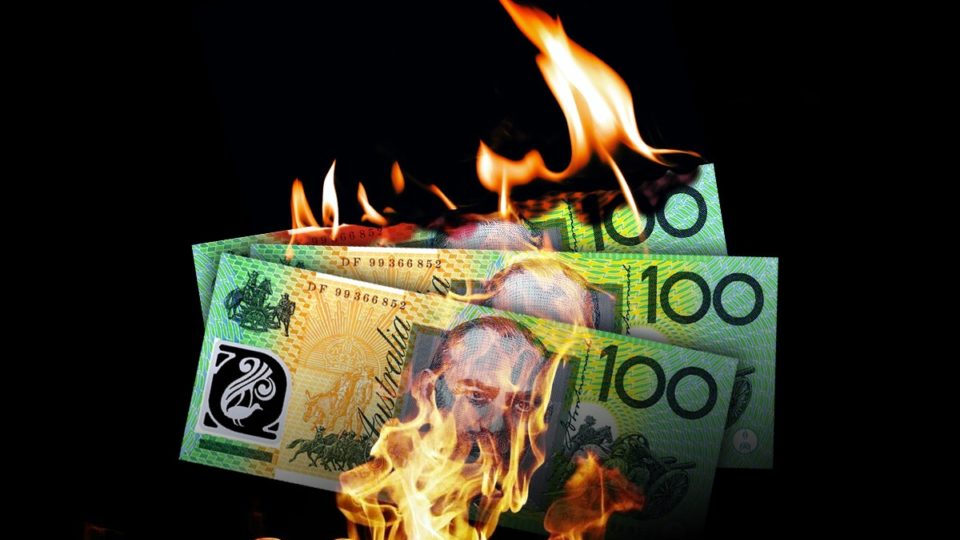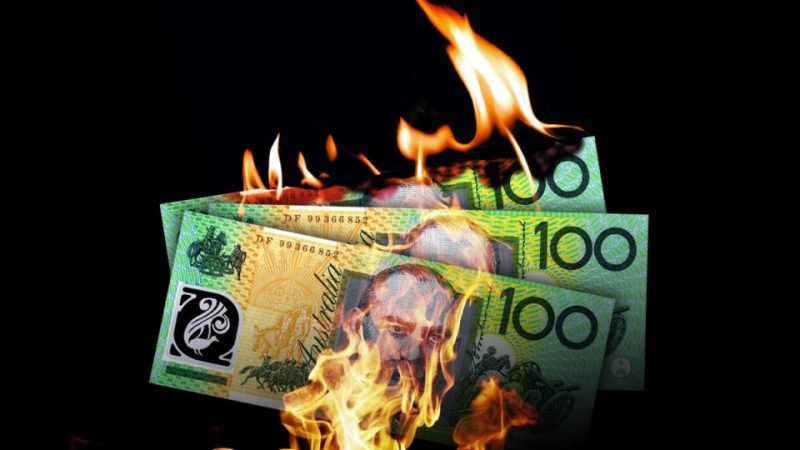
For investors, the real danger of crises such as this one is the possibility of suffering a permanent loss of capital. For the most part, this eventuality typically stems from one of four (mostly avoidable) strategies.
Let’s have a look at each of these in turn:
Exposed or Leveraged Stocks: owning aggressive or highly leveraged stocks can be appealing in the good times, but when circumstances turn ugly these companies can find themselves in a precarious position. In 2008 a range of major companies including Centro Properties Group, Babcock and Brown, and ABC Learning Centres – to name a few – suffered such catastrophic failure and ceased to exist. When this occurs, the investor’s capital is lost forever and cannot partake in the rebound when it comes.
More mundane blue chip stocks may not hold the same “leveraged beta” appeal in the good times, but can often be a better bet over the full cycle as they are generally well placed to profit from the pick up in economic conditions that typically follows a downturn.
Trying to Time Markets: fear and greed can be powerful motivators, particularly in extraordinary times such as we are experiencing right now. Investors are prone to doing things that they normally wouldn’t.
The stress and uncertainty can prompt investors to “sell out” in the depths of a crisis in the belief they can buy back into markets when things are looking rosier. However, stock prices generally recover before sentiment does, leaving little or no window for investors to “get back in” at the same or a lower prices than when they exited. If they re-enter at a higher price, they lock in permanent losses.
Too much Leverage: excessive borrowing brings more households and businesses unstuck than any other strategy. Unfortunately, when it comes to markets and the business cycle, things have a habit of all going wrong at the same time. If leverage has to be unwound in times of economic calamity, when prices are depressed, then equity (capital) can be wiped out.
Drawing Rate too High: in the good times, when portfolios are producing consistently strong returns, investors can get lulled into a sense of confidence, resulting in them becoming accustomed to taking higher drawings rates – “why can’t I draw 6% of my balance each year if my portfolio is delivering 8% pa?”.
It’s easy to forget that portfolios don’t deliver above trend returns forever. Thus, in the good times it is prudent to store away some of the excess returns in order that you have a buffer for the inevitable below trend years.
A 6% drawings rate that may seem quite reasonable in the good times, can quickly become a much higher drawing rate if the value of your portfolio falls substantially. For example, if you had $2 million invested and were drawing 6% pa or $120K prior to the crisis, and your portfolio subsequently falls in value by one third, then your drawings rate suddenly becomes an unsustainable 9%. If dividends, rent and interest from your portfolio reduce as well, this can send your portfolio into a tailspin.

